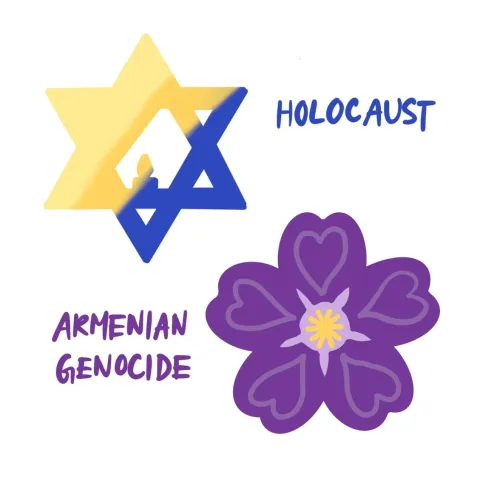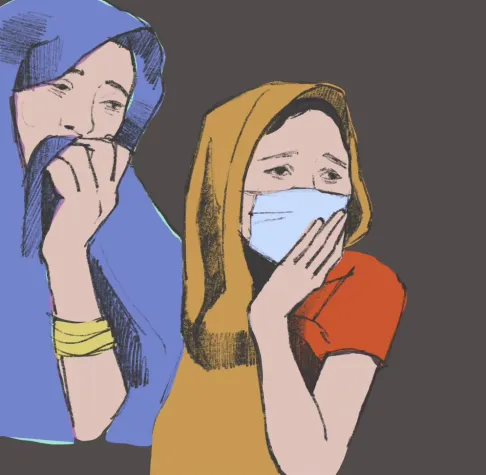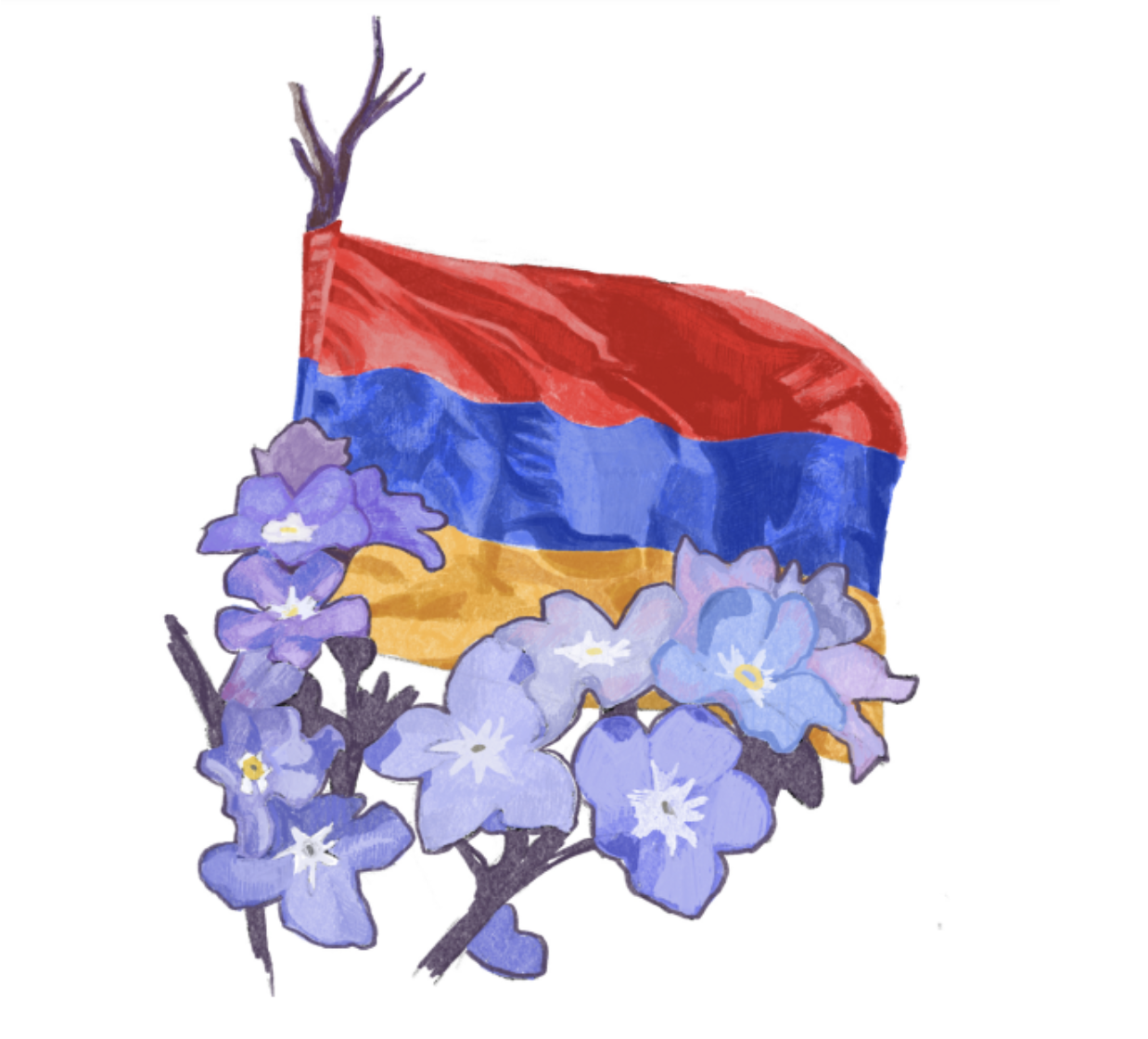Horrific events, the First Armenian Genocide and the Holocaust are engraved in history for the deep, timeless scars they left on many communities. As both the First Armenian Genocide and the Holocaust are considered genocide, this article will explore the similarities and differences of the two events that span across World War I and World War II. As described by the United States Holocaust Museuem, genocide, in the most simplest words, is “crime where acts are committed with the intent to destroy, in whole or in part, a national, ethnic, racial, or religious group” (par. 1). The impact of genocide on those victimized and surrounding groups’s is significant.
During the first World War in early 1915, the First Armenian Genocide occurred in the Ottaman Empire. This genocide has a special place in history as it is considered the first twentieth century non-colonial genocide. Although the Young Turk government committed several persecutions against Armenians in previous years, the start of World War I caused the government to assume much more significant actions against Armenians in hopes of eliminating all power they held. The Young Turk government forced Armenians to leave their home and massacred them in large numbers. It is believed that 800,000 to a million people were killed during this time, and people lost much of their Armenian culture. At this time period, people described the genocide as, “a massacre that changes the meaning of massacre” (par. 2).
In contrast, the Holocaust, another major genocide, occurred during World War II in the years 1933 to 1945. Although the Nazis did not immediately go after Jewish people in Germany, they started to use the government to attack their social class and power. Nazis believed that Jews were at fault for all of Germany’s social, political, and economic problems, which had been on a decline since World War I. The instability in Germany at this time led to most Germans’s openness toward antisemitism, a prejudice that had existed far before this time. Jews were forced to follow anti semitic laws, public identification and exclusion, physical displacement, organized violence, internment, forced labor, ghettos, mass murder, and death camps. Over 6 million European Jews died in this terrible event.
Armenians and Jews share the experience of a mass murder on their people and the attempted extermination of a culture. The true effects of their discrimination is so horrific that the events are now called a genocide. The millions of deaths caused by these events is unforgettable and portrays the true perseverance of a culture to continue to exist in a prejudiced environment.
It is important to consider the effect that these events had on Armenians and Jews’s mental health. In fact, a paper found that the “trauma of a genocide can be transmitted to subsequent generations though familial mental health, sociopolitical trauma, and cultural narratives” (par. 1). Not only affecting those who directly faced the genocide, the trauma continues to propgrate to subsequent generations, which shows the deep, timless problems of genocide.
Specifically, 55 studies that surveyed the mental health of Holocaust survivors and their descendants found “found [they had] higher levels of depression, anxiety, and paranoia” and “symptoms of unresolved trauma can be passed down to descendants directly” (par. 6). Mental health illnesses increased under the trauma of those that experienced genocide.
However, one difference between these two events is the recognition and further symptoms of mental health illnesses. Currently, the Turkish government refuses to acknowledge the genocide they committed, which causes many Armenians to face “historical unresolved grief” (par. 8). Thankfully, the Holocaust is recognized as an horrific genocide; however, because the First Armenian Genocide is not, many Armenians face different symptoms of mental illness than those affected by the Holocaust. They feel a wide range of emotions for the lack of recognition following a heartbreaking event.
Both genocides used the dehumanization of the Armenians and Jews to propagate mistrust and anger. The horrific mass murder tactics and blatant hatred toward these groups of people continue to have heartbreaking effects. The will of these people to surmount the deep effects of genocide portrays their true similarity of resilience.
Sources: “Armenian Genocide | Genocide Studies Program.” Genocide Studies Program, https://gsp.yale.edu/case-studies/armenian-genocide. Accessed 8 January 2024.
“Introduction to the Holocaust: What was the Holocaust? | Holocaust Encyclopedia.” Holocaust Encyclopedia, 5 November 2021, https://encyclopedia.ushmm.org/content/en/article/introduction-to-the-holocaust. Accessed 8 January 2024.
Sarkissian, Alissa Der, and Jill D. Sharkey. “Transgenerational Trauma and Mental Health Needs among Armenian Genocide Descendants.” NCBI, 8 October 2021, https://www.ncbi.nlm.nih.gov/pmc/articles/PMC8508035/. Accessed 8 January 2024.
“What is Genocide?” United States Holocaust Memorial Museum, https://www.ushmm.org/genocide-prevention/learn-about-genocide-and-other-mass-atrocities/what-is-genocide. Accessed 8 January 2024.

 COVID's Near-Genocide of Indigenous Populations
COVID's Near-Genocide of Indigenous Populations